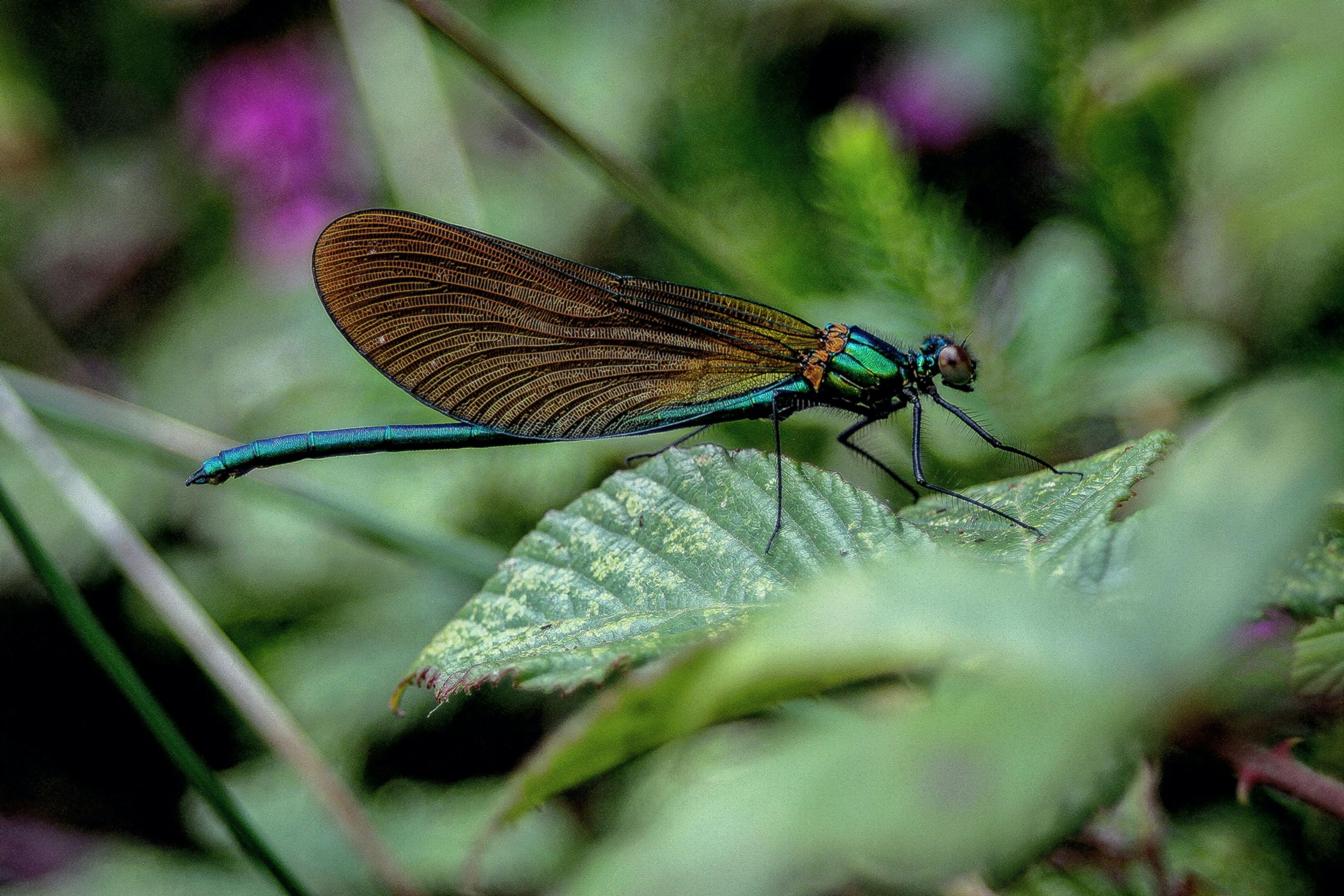Every year, as the seasons change, communities around the world gather to celebrate the rhythms of nature through vibrant festivals and events. These seasonal gatherings, from harvest festivals to winter carnivals, are deeply woven into the cultural tapestry, offering moments of joy, unity, and tradition. Yet, beneath the colorful banners and bustling parades lies a growing concern: could these celebrations be leaving a lasting scar on the very ecosystems they seek to honor? As the confetti settles and the music fades, the environmental impact of these events is becoming a topic of serious contemplation. In this exploration, we delve into the intricate dance between tradition and nature, examining whether our seasonal festivities are inadvertently tipping the scales of ecological balance.
Ecological Footprints: Tracing the Impact of Seasonal Celebrations
As the seasons shift, communities worldwide engage in celebrations that mark the passage of time. While these events foster unity and cultural richness, their ecological footprints can often be overlooked. Seasonal festivities, though joyous, can contribute significantly to environmental degradation if not managed sustainably. Consider the following impacts:
- Increased Waste: Celebrations often lead to a surge in waste production, from single-use plastics to food waste. Local ecosystems can suffer when waste management systems are overwhelmed, leading to pollution in natural habitats.
- Resource Consumption: The demand for resources such as water, electricity, and raw materials spikes during these times. The overuse of these resources can strain local ecosystems, disrupting wildlife and natural processes.
- Habitat Disruption: Events that involve fireworks, loud music, or large gatherings can disturb local wildlife, leading to habitat disruption and stress on animal populations.
To mitigate these impacts, communities can adopt sustainable practices, such as using eco-friendly materials, reducing waste, and choosing venues that minimize ecological disturbance. By doing so, the essence of these celebrations can be preserved while safeguarding the ecosystems that surround us.

Beneath the Festivities: Unveiling Hidden Threats to Biodiversity
As communities gather to celebrate the changing seasons, the vibrant colors and joyous sounds often mask a more somber reality. Seasonal festivities, while offering cultural and social benefits, can inadvertently exert pressure on local ecosystems. The influx of visitors, temporary infrastructure, and increased waste can disrupt habitats and endanger local flora and fauna.
- Increased foot traffic can lead to soil compaction, harming plant roots and reducing water infiltration.
- Noise pollution from events may disturb wildlife, affecting their feeding and breeding patterns.
- Temporary constructions often lead to habitat destruction, displacing species that rely on specific environmental conditions.
It is crucial to strike a balance between celebration and conservation. By incorporating eco-friendly practices and raising awareness, communities can ensure that their cherished traditions do not become an unintentional threat to the very environments they cherish.

Balancing Tradition with Conservation: Strategies for Sustainable Events
In the quest to celebrate cultural heritage while safeguarding our planet, communities worldwide are exploring innovative approaches to hosting events that honor tradition without compromising ecological health. Integrating conservation efforts into event planning can mitigate the environmental impact of seasonal gatherings. By adopting eco-friendly practices, such as utilizing biodegradable materials for decorations and providing incentives for attendees to use public transportation, event organizers can significantly reduce their carbon footprint.
- Local sourcing: Collaborate with local farmers and artisans to supply food and materials, reducing transportation emissions.
- Waste management: Implement comprehensive recycling and composting programs to minimize landfill contributions.
- Educational initiatives: Incorporate workshops or displays that raise awareness about local ecosystems and the importance of conservation.
- Wildlife protection: Schedule events during times that are less disruptive to local wildlife, and ensure that noise and lighting are minimized.
Balancing the preservation of cultural practices with environmental stewardship requires creativity and commitment. By making conscious choices, communities can continue to celebrate their heritage while ensuring that natural habitats remain vibrant and resilient for generations to come.
Community-Driven Solutions: Protecting Ecosystems During Festive Seasons
Amidst the joyous clamor of festive celebrations, communities are discovering innovative ways to ensure their festivities don’t come at the cost of local ecosystems. A growing number of community-driven initiatives are emerging, focusing on sustainable practices that honor both tradition and the environment. These grassroots movements often include collaborative efforts among residents, local authorities, and environmental groups, fostering a sense of shared responsibility and action. Engaging the community in eco-friendly festivities can range from simple actions like promoting waste segregation to more organized efforts such as community clean-up drives and educational workshops on environmental stewardship.
- Eco-Friendly Decorations: Utilizing natural and biodegradable materials for decorations can significantly reduce plastic waste.
- Sustainable Transportation: Encouraging carpooling, cycling, or the use of public transportation during events can lower carbon footprints.
- Local and Organic Feasts: Supporting local farmers and opting for organic produce helps maintain biodiversity and reduces chemical runoff.
- Noise Pollution Control: Implementing noise regulations and promoting quieter alternatives can protect local wildlife from distress.
By integrating these sustainable practices, communities not only protect their local ecosystems but also set an inspiring precedent for future generations, ensuring that the festive spirit coexists harmoniously with the natural world.
Future Outlook
As the seasons turn and the world dons its ever-changing cloak of colors, the impact of our celebrations on local ecosystems remains a poignant question. While the allure of seasonal events draws communities together, fostering joy and tradition, it also beckons us to tread lightly on the earth that hosts our festivities. The dance between human celebration and environmental stewardship is delicate, and finding harmony requires awareness, innovation, and a commitment to sustainability.
the story of seasonal events and their environmental impact is still being written. Each of us holds a pen, poised to inscribe new chapters that honor both our cultural heritage and the natural world. As we reflect on the delicate balance between revelry and responsibility, may we be inspired to craft celebrations that leave a legacy not just of memories, but of thriving ecosystems for generations to come.

































